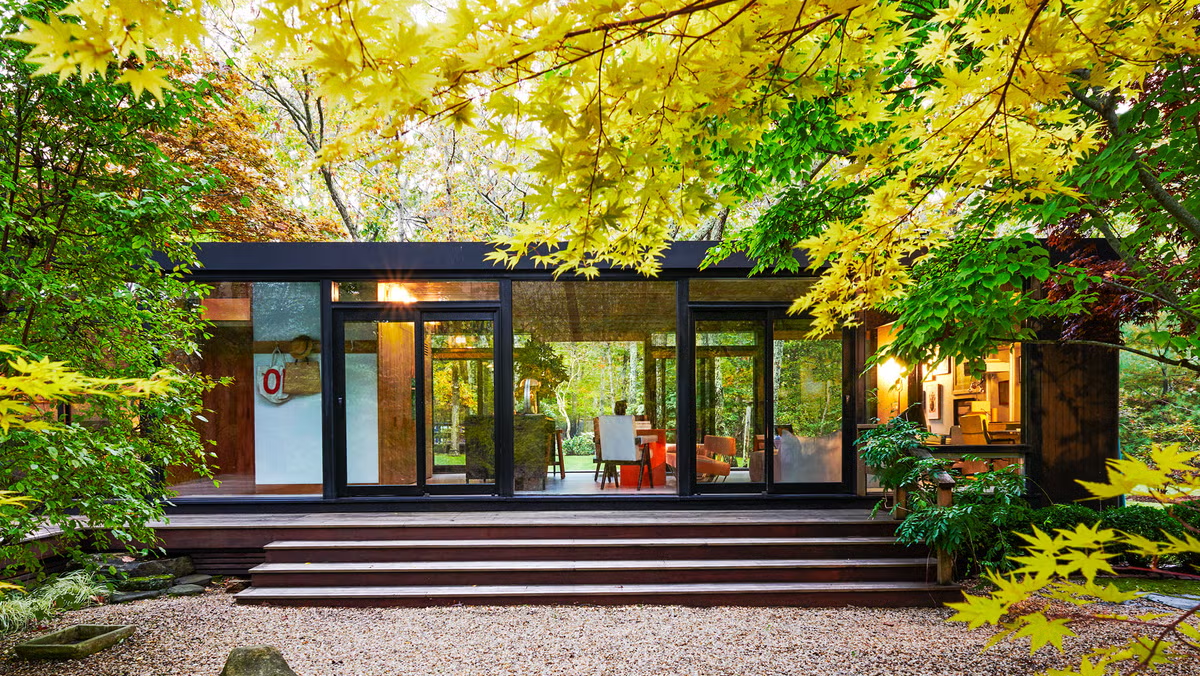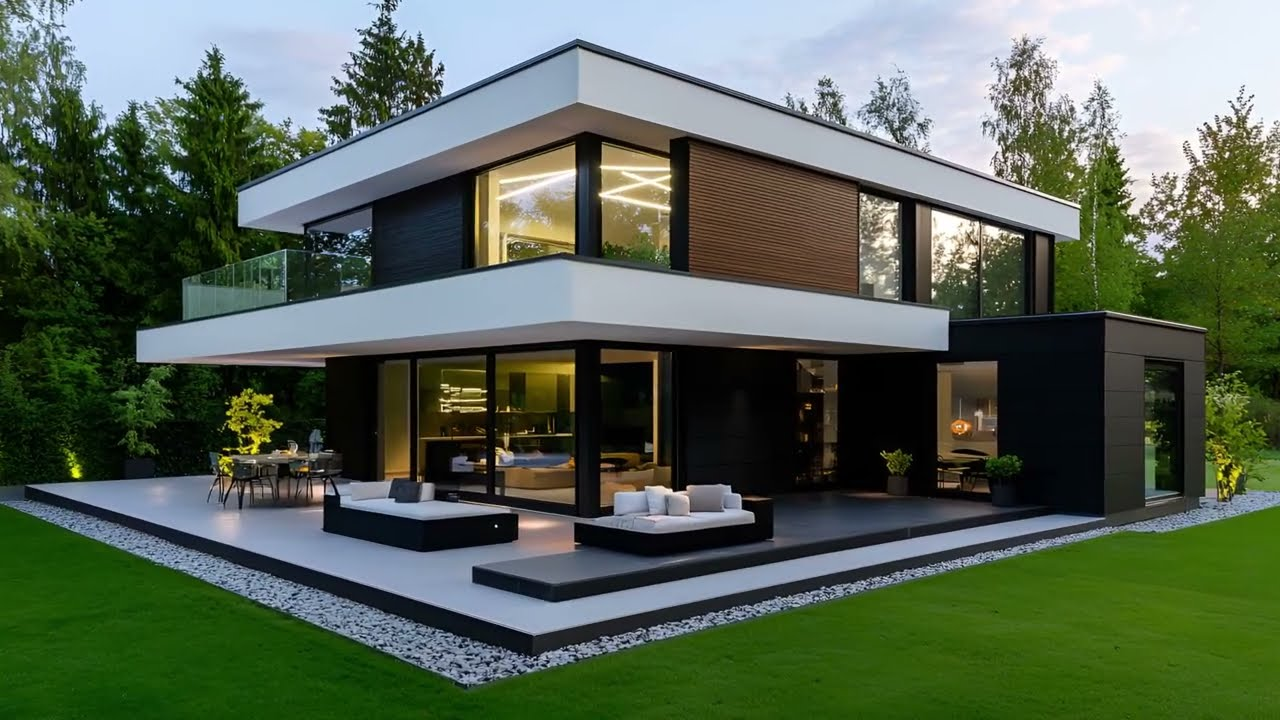Now Reading: Stunning Heritage Properties Blending History with Modern Living Comforts 2025
-
01
Stunning Heritage Properties Blending History with Modern Living Comforts 2025
Stunning Heritage Properties Blending History with Modern Living Comforts 2025
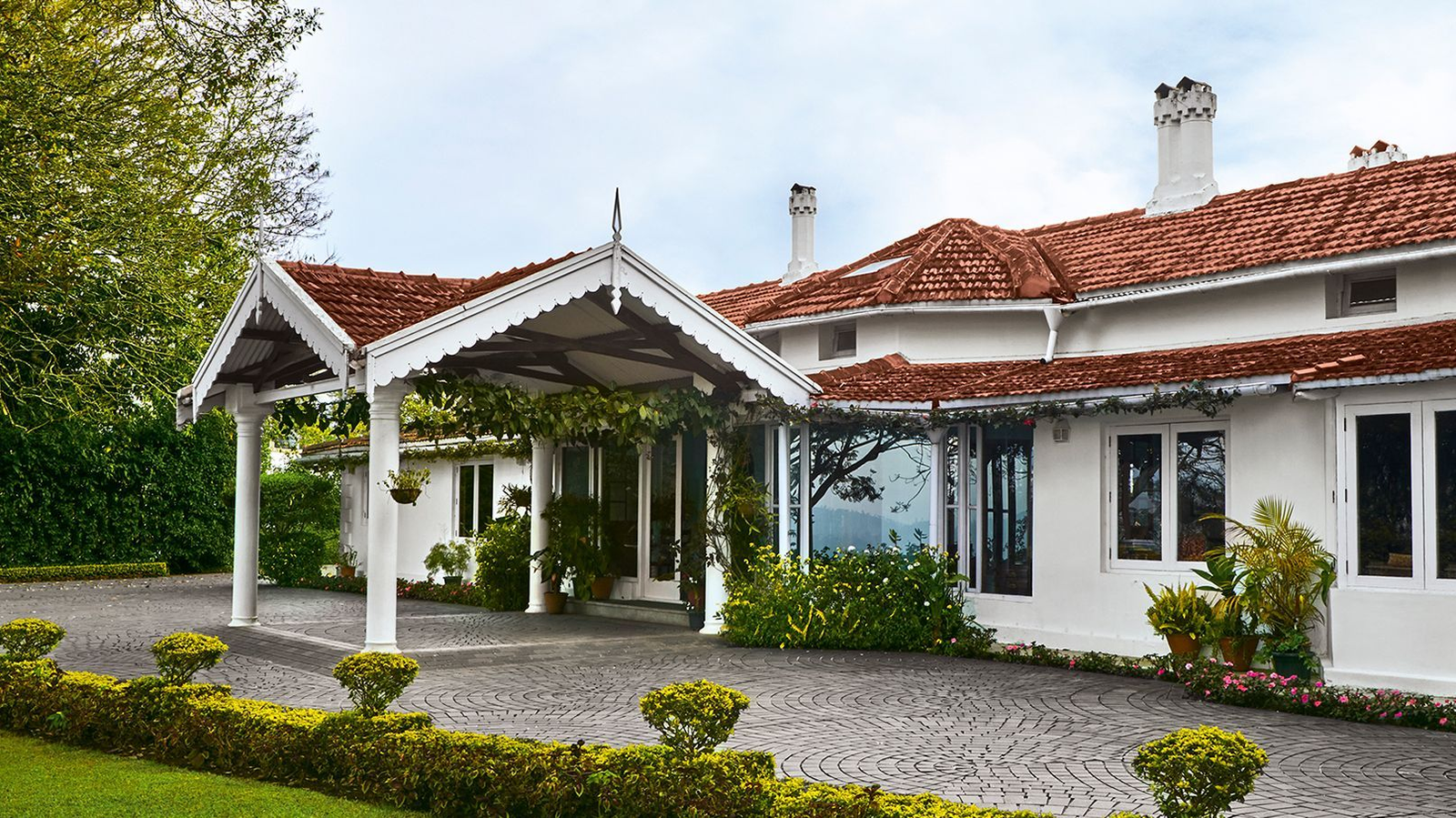
In recent years, there has been a growing trend in real estate: updating heritage properties to suit modern lifestyles. These homes, which once held historical charm and traditional architecture, are now being renovated to include contemporary amenities while preserving their original character. This trend not only honors the past but also caters to the modern homeowner’s need for convenience, comfort, and style.
Heritage properties often feature unique architectural designs, high ceilings, intricate woodwork, and spacious layouts that are rarely found in newer constructions. Renovating these homes allows property owners to retain their historical significance while incorporating modern elements such as smart home technology, energy-efficient systems, and contemporary interiors.
One of the key advantages of updating heritage properties is that it combines the best of both worlds. Homeowners enjoy the charm and character of older homes while benefiting from modern features like open-plan kitchens, updated bathrooms, and efficient heating and cooling systems. This makes heritage homes not only visually appealing but also practical for everyday living.
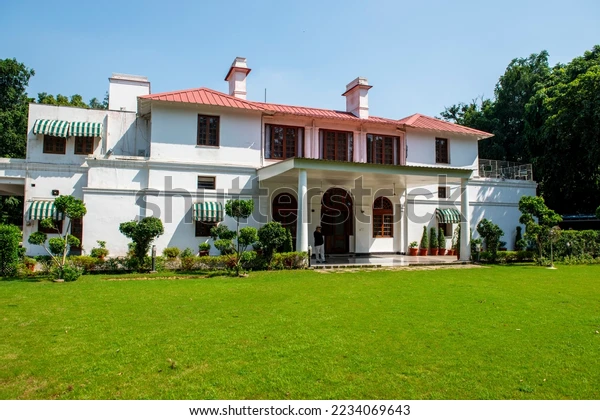
Across the globe, cities are recognizing the value of heritage properties and encouraging their restoration. In many places, government programs and heritage grants help property owners maintain the historical integrity of their homes while modernizing essential systems. For example, in historic neighborhoods, it is common to see carefully restored facades paired with modern interiors, creating a perfect balance between tradition and innovation.
Interior designers and architects play a crucial role in these transformations. They carefully plan renovations to respect the original architecture while introducing modern comforts. Wooden floors are polished to maintain authenticity, while old fireplaces may be preserved as statement pieces. Meanwhile, modern lighting, furniture, and appliances are added to enhance usability without compromising the heritage appeal.
Another important aspect is sustainability. Many heritage properties are built with high-quality materials and craftsmanship, which makes them inherently durable. By renovating instead of demolishing, homeowners reduce waste and environmental impact. Additionally, modern upgrades often include energy-efficient windows, insulation, and solar systems, making these homes eco-friendly without losing their historical charm.
The market for heritage homes is also growing. Buyers are increasingly seeking properties with a story, appreciating homes that combine history with modern amenities. Real estate experts say that heritage properties, when updated correctly, can significantly increase in value. The blend of character, exclusivity, and modern comfort makes them attractive to both investors and families looking for a unique living experience.
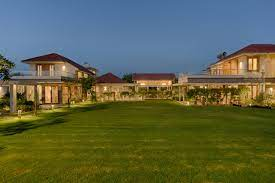
Many of these renovated heritage properties also offer community value. Restoring old buildings preserves the architectural history of neighborhoods, enhances the visual appeal of streets, and contributes to cultural preservation. Communities benefit from a sense of continuity and pride in maintaining their historical landmarks, which also supports tourism and local businesses in certain areas.
Examples of successful heritage property renovations often inspire homeowners to undertake similar projects. Classic Victorian homes, colonial-style houses, and old mansions are being transformed with minimalist interiors, state-of-the-art kitchens, and luxurious bathrooms. The key is to maintain the essence of the original design while integrating features that meet modern expectations for convenience, safety, and aesthetics.
In conclusion, updating heritage properties for modern living is more than just a design trend. It is a way to honor the past, create sustainable homes, and provide modern comfort for today’s homeowners. These homes tell stories, blend history with innovation, and offer a unique lifestyle that cannot be replicated in new constructions. With careful planning and thoughtful renovation, heritage properties continue to stand as timeless examples of architecture, culture, and modern living.
READ MORE:- Inside the World of Business Acquisitions: Secrets of Corporate Growth 2025



